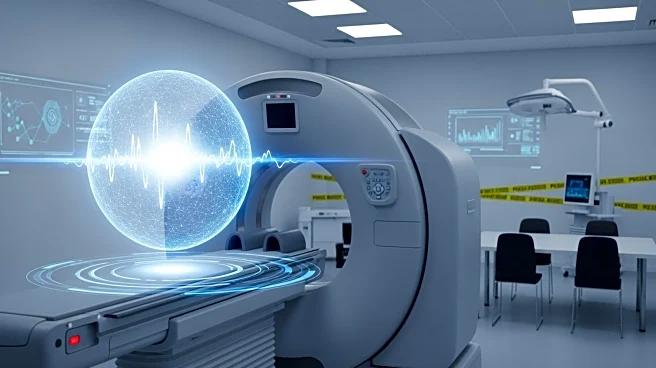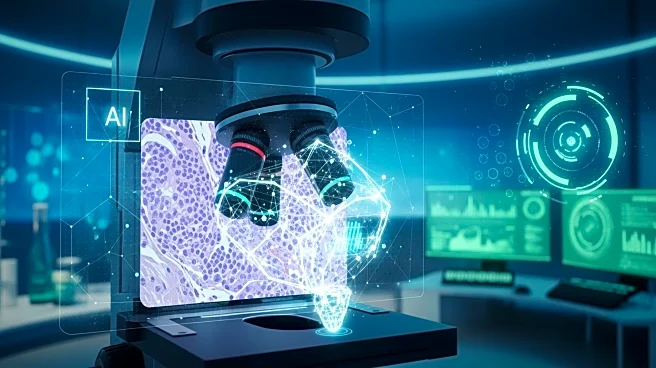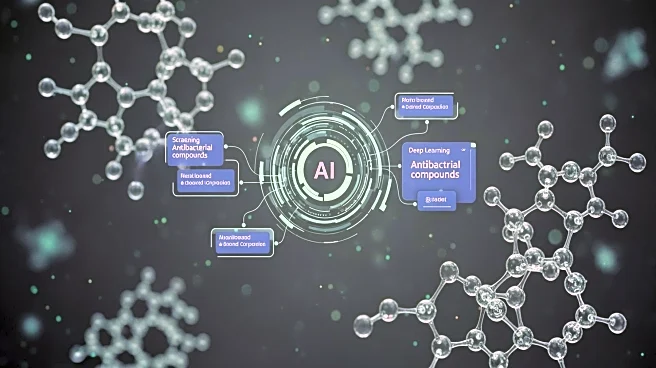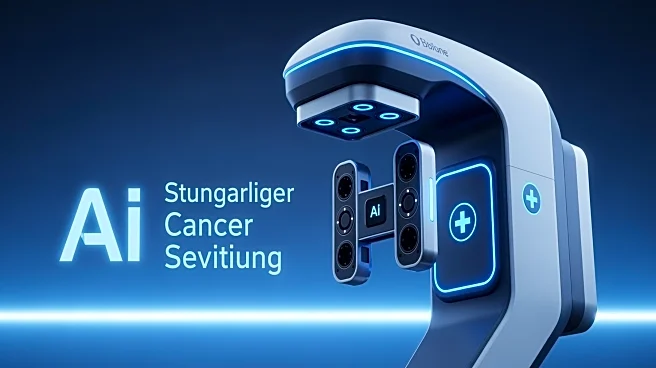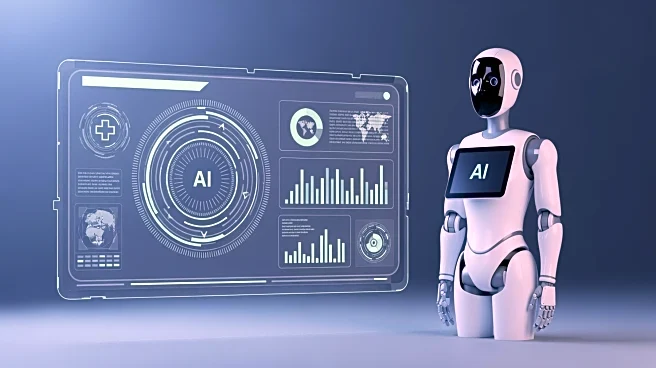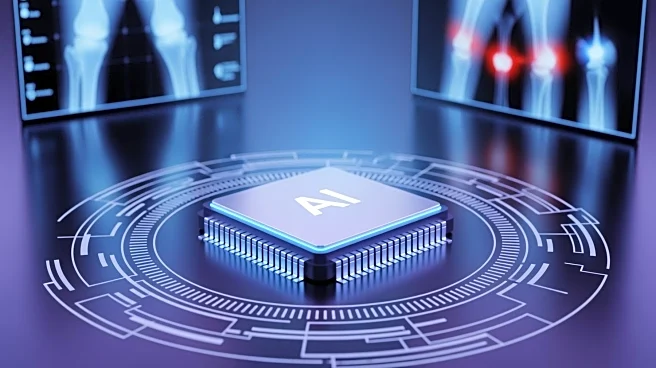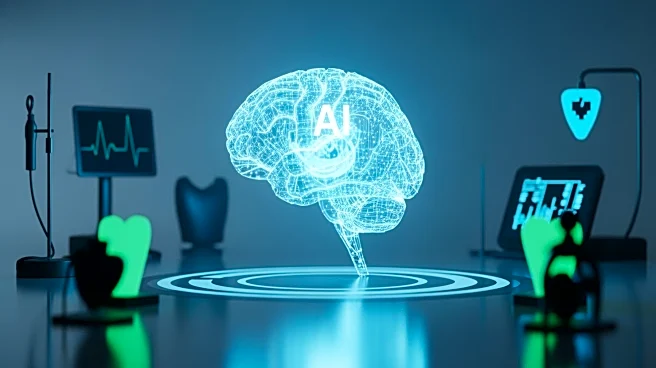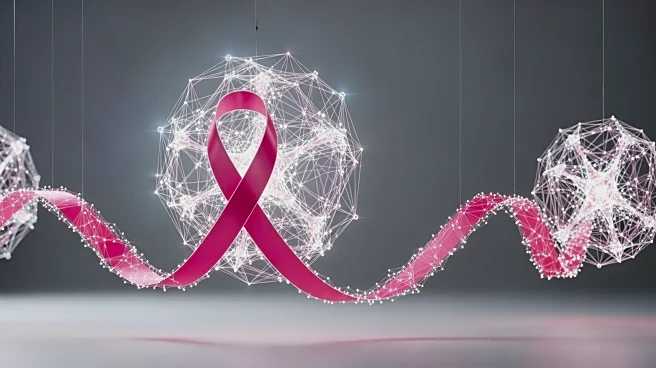What's Happening?
A new deep learning-based multi-modality universal segmentation model has been developed to improve medical imaging segmentation. This model, known as the Modality-Projection Universal Model (MPUM), demonstrates
superior performance in identifying anatomical structures and aiding in the diagnosis of conditions such as intracranial hemorrhages. The model outperforms existing segmentation models by achieving higher Dice and surface Dice metrics, which are measures of accuracy in medical imaging. The MPUM is particularly effective in segmenting complex medical images across different modalities, such as CT, MRI, and PET scans, by using a modality-projection strategy that dynamically projects shared latent representations into modality-specific convolutional kernels.
Why It's Important?
The development of the MPUM is a significant advancement in medical imaging technology, as it enhances the accuracy and efficiency of diagnosing and analyzing medical conditions. This model has the potential to improve patient outcomes by providing more precise and reliable imaging data, which is crucial for timely and effective medical interventions. The ability to accurately segment medical images can aid healthcare professionals in making better-informed decisions, ultimately leading to improved treatment plans and patient care. Additionally, the MPUM's success in integrating multiple imaging modalities could pave the way for further innovations in medical imaging and diagnostics.
What's Next?
The implementation of the MPUM in clinical settings could lead to widespread improvements in diagnostic accuracy and patient care. As the model continues to be refined and tested, it may be adopted by more healthcare institutions, potentially becoming a standard tool in medical imaging. Future research and development could focus on expanding the model's capabilities to include additional imaging modalities and medical conditions. The success of the MPUM may also inspire further advancements in artificial intelligence applications within the healthcare industry, driving innovation and improving healthcare delivery.
